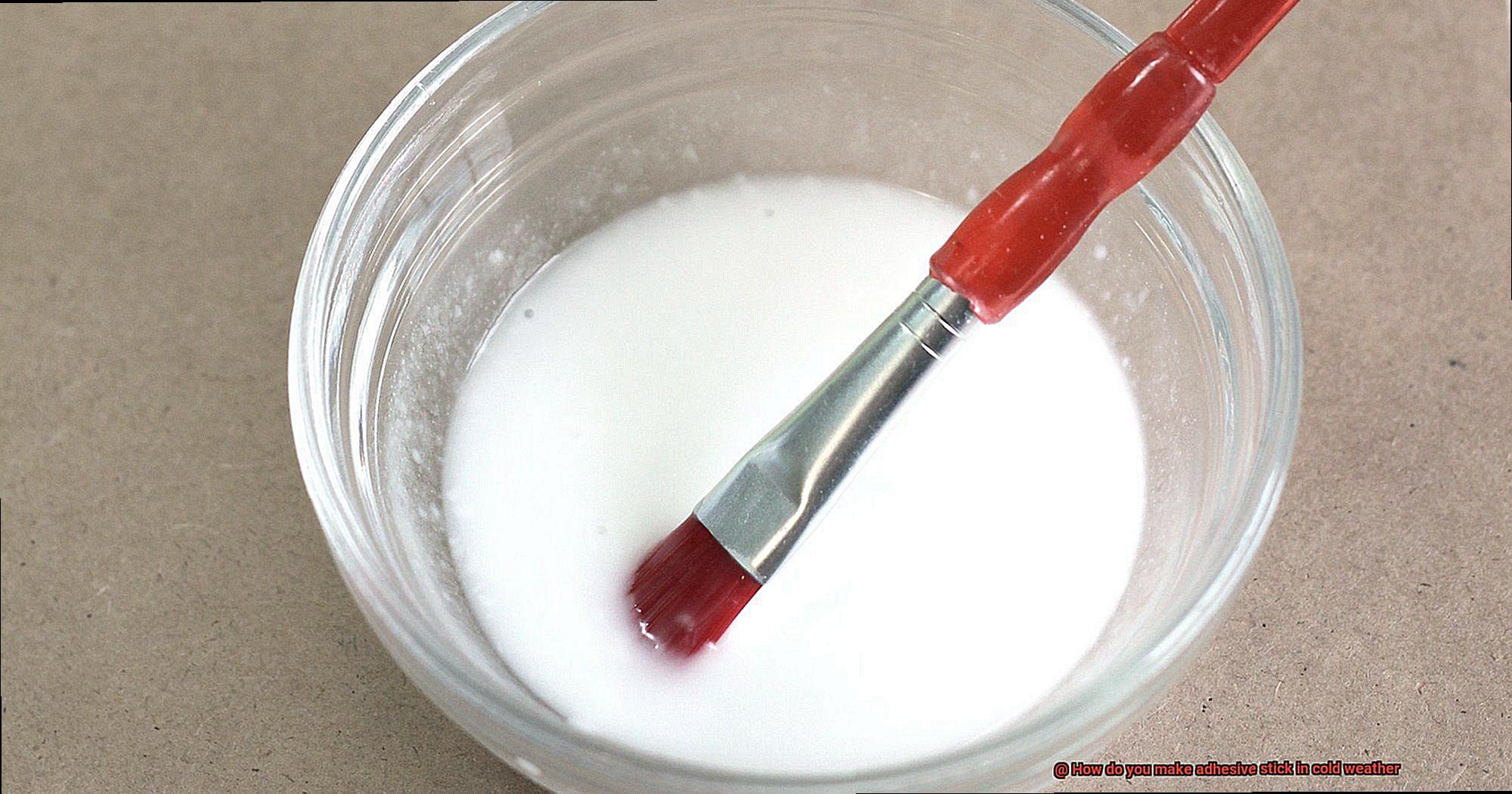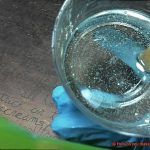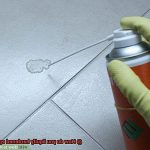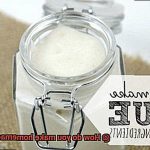Are you tired of dealing with adhesive that won’t stick in cold weather? It’s a common problem, especially when trying to secure outdoor signs or keep car parts in place. But fear not – there are several tricks you can use to make adhesive stick even in chilly temperatures.
One reason adhesives struggle in the cold is that the glue stiffens, making it difficult to adhere to surfaces. However, choosing the right type of adhesive can make a big difference. Different adhesives are formulated for specific environments and surfaces, so be sure to choose one that’s suitable for cold weather and your particular application.
Another tip is to warm up the surface before applying the adhesive. A heat gun or hairdryer can soften the surface and help the adhesive bond more effectively. You can also try using a primer or special adhesive activators designed for colder environments.
In this blog post, we’ll explore why adhesives fail in cold weather and share some effective techniques for making them stick. So let’s get started and conquer those frigid conditions.
Choosing the Right Type of Adhesive
Contents
When working on a project that requires adhesive to stick in cold weather, choosing the right type of adhesive is crucial. Not all adhesives are created equal, and some may not work well in low temperatures. By taking into account a few key factors, you can select an adhesive that will provide a strong bond between materials even in cold weather conditions.
One of the most important factors to consider when choosing an adhesive is its base material. Water-based adhesives tend to freeze in cold temperatures, which can cause them to lose their adhesion properties. In contrast, solvent-based adhesives are less likely to freeze and remain effective in colder temperatures. So, if you’re working in extremely low temperatures, a solvent-based adhesive may be the better choice.
Another crucial consideration is the surface material you will be bonding. Different materials require different types of adhesives. For example, if you’re bonding metal surfaces, you’ll need an adhesive that can withstand extreme temperatures. If you’re bonding plastic or rubber surfaces, you’ll need an adhesive that can flex and bend without breaking apart.
Curing time is also an important factor to keep in mind. Some adhesives require a longer curing time in colder temperatures. This means that you may need to wait longer for the adhesive to fully bond before using the item being glued. It’s important to take this into account when planning your project timelines.
Lastly, always read the manufacturer’s instructions carefully before choosing and applying an adhesive. The instructions will provide information on the recommended application temperature range and how to properly apply the adhesive for maximum effectiveness. Following these guidelines will help ensure that your adhesive bond is strong and reliable.
Preparing the Surface Properly
There is a simple solution. Preparing the surface properly is a vital step in making sure that adhesive sticks in cold weather. As an expert on this subject, I can tell you that following these steps will ensure a strong bond that won’t leave you out in the cold.
The first step in achieving a strong bond is to ensure that the surface is clean, dry, and free of any contaminants such as dust, oil, or grease. Any residue left on the surface can weaken the bond between the adhesive and the surface. To clean the surface effectively, use a solvent such as alcohol or acetone. However, it’s essential to be cautious when using solvents because they can damage some types of surfaces like plastics.
After cleaning the surface, it’s crucial to ensure that it is entirely dry before applying the adhesive. Any moisture left on the surface can affect the bond strength of the adhesive. To achieve this, use a clean cloth or air dryer to dry the surface thoroughly.

Temperature also plays a vital role in ensuring a strong bond between adhesive and surface. It’s critical to consider both the temperature of the surface and the adhesive. The surface temperature should be above freezing point, and the adhesive should be at room temperature before application. If either of these temperatures is too low, it could affect the bond strength of the adhesive.
Temperature Considerations
Temperature is a critical factor to consider when it comes to adhesive bonding in cold weather conditions. Adhesives are like humans, sensitive to temperature changes and may behave differently depending on the conditions. If the temperature is too low, the adhesive may lose its bonding properties, resulting in weak or failed bonds.
To ensure a strong bond in cold weather conditions, it’s essential to follow the manufacturer’s instructions. Every adhesive has different temperature requirements for effective bonding. Therefore, make sure you read the instructions carefully and ensure that the surface and surrounding temperatures are within the recommended range before applying the adhesive.
Moreover, surface temperature plays a vital role in adhesive bonding. The surface where you’ll be applying your adhesive must be clean, dry, and at the right temperature. If it’s too cold, condensation can form that affects bonding and weakens the strength of your adhesive. So, warming up the surface before applying your adhesive is a wise choice to avoid any issues.
Additionally, certain adhesives may require extra measures to bond effectively in cold weather conditions. For example, some adhesives may need to be warmed up before application or require a longer curing time than usual. Therefore, reading and following the manufacturer’s instructions carefully is crucial to ensure that your adhesive bonds effectively in cold weather.
Curing Time for Maximum Strength
In this article, we’ll dive into the factors that can influence curing time and how to ensure a strong bond even when temperatures drop.
The first step towards ensuring maximum strength in cold weather is selecting an adhesive that is designed for low-temperature applications. These adhesives are formulated to cure at lower temperatures and have a shorter curing time, which can help maintain their strength even in freezing temperatures. So before you begin your project in chilly weather, make sure you’re armed with the right adhesive for the job.
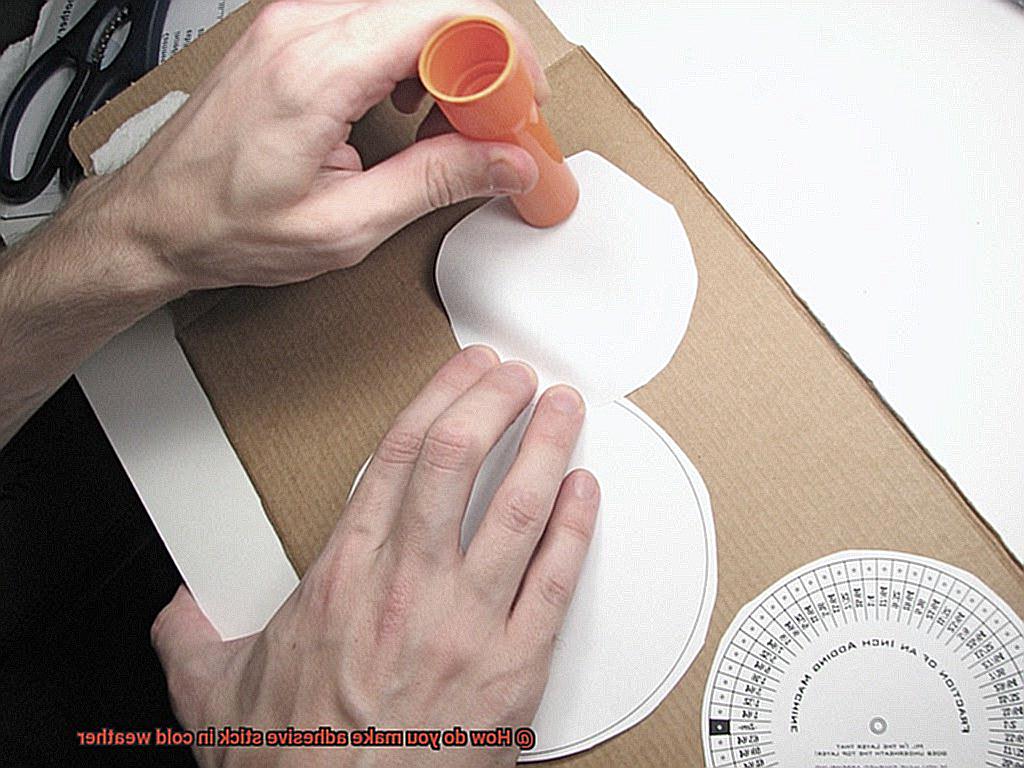
Another factor that can affect the curing time and strength of adhesive in cold weather is humidity. High humidity levels can slow down the curing process and weaken the bond. Therefore, it’s important to work in a dry environment and avoid using adhesives in areas with high humidity. A dehumidifier or air dryer can help keep the workspace dry and ensure a speedy curing process.
Additionally, following the manufacturer’s instructions for use and curing times is a must. This may include using a heater or other warming devices to speed up the curing process or allowing extra time for the adhesive to cure. It’s important to note that using too much heat or forcing the cure can result in weak or failed bonds, so it’s essential to follow the instructions carefully.
To summarize, here are some key takeaways for achieving maximum strength in cold weather conditions:
- Choose an adhesive designed for low-temperature applications
- Work in a dry environment (use a dehumidifier or air dryer if necessary)
- Follow the manufacturer’s instructions for use and curing times
Benefits of Using Cold Weather Adhesives
Winter can be a challenging time for those working on projects in cold weather environments. Traditional adhesives may not perform as well in low temperatures, resulting in weaker bonds, longer cure times, and potential project failure. But fear not, because the solution to this problem is cold weather adhesives.
As an expert on the benefits of using cold weather adhesives, I can tell you that they offer a multitude of advantages over traditional adhesives when it comes to cold-weather applications.
Firstly, one of the most significant benefits of using a cold weather adhesive is its improved performance. These adhesives are specifically formulated to maintain their adhesive properties at low temperatures, ensuring a strong bond even in freezing conditions. This means you won’t have to worry about your project falling apart due to cold weather’s adverse effects.
In addition to improved performance, cold weather adhesives also provide faster cure times. Traditional adhesives can take longer to cure in cold weather, but cold weather adhesives are designed to cure more quickly. This means less waiting around for the adhesive to set and more time for you to move on to the next step of your project.
Furthermore, cold weather adhesives offer increased flexibility. They remain flexible even at low temperatures, which allows them to adapt to changes in temperature and movement without cracking or breaking. This is especially important if your project will be exposed to extreme temperature fluctuations.
If you’re concerned about air quality, cold weather adhesives address this concern too. Many of them are formulated with lower VOC emissions, making them safer for use in enclosed spaces or areas with poor ventilation.
Finally, using a cold weather adhesive can be more cost-effective than using traditional adhesives in cold weather environments. They require less energy to maintain their adhesive properties and can result in faster project completion times, which means less labor costs for you.
Common Mistakes to Avoid When Applying Cold Weather Adhesives
Working on projects in cold weather environments can be a challenge, but with the right tools and techniques, you can ensure a strong and long-lasting bond. Cold weather adhesives are specifically formulated to maintain their adhesive properties at low temperatures, making them an excellent choice for any project in cold conditions.
However, there are certain mistakes that are commonly made during application that could lead to a weakened bond or even complete failure of the adhesive. To prevent these issues, it is essential to avoid the following common mistakes:
- Improper surface preparation: One of the most common mistakes is not properly preparing the surface before application. The surface should be clean, dry, and free of any debris or contaminants that could affect the adhesive’s ability to bond properly. Taking the time to thoroughly clean and dry the surface before applying the adhesive is crucial.
- Rushing the curing process: Cold weather can slow down the curing process, so it is important to follow the manufacturer’s recommended curing time. Rushing the process could result in a weak bond that may not hold up over time. Allow plenty of time for the adhesive to cure and be patient.
- Using too much adhesive: It may seem like using more adhesive would result in a stronger bond, but this can actually have the opposite effect. Excess adhesive can cause it to ooze out from the bond and weaken it. Follow the recommended amount of adhesive for the specific application to ensure a strong bond.
- Ignoring temperature requirements: Some adhesives have specific temperature requirements for proper application and bonding. Failure to follow these instructions could lead to a weakened bond or complete failure of the adhesive. Be sure to read and follow the manufacturer’s instructions regarding temperature requirements.
Tips for Working with Cold Weather Adhesives
If you’re working with adhesives in cold weather conditions, it’s important to keep some tips in mind to ensure that your applications are successful and result in strong bonds. The low temperatures can affect the adhesive’s properties, making it less effective or even causing it to fail. Here are five tips to help you achieve reliable and robust bonds even in the toughest conditions.
Tip 1: Store your adhesives correctly
Storing your adhesives within the recommended temperature range is crucial to maintain their effectiveness. Before use, make sure you store them in a temperature-controlled environment. This will prevent the adhesive from becoming too cold and thick, making it difficult to apply.
Tip 2: Prepare the surface before applying the adhesive
Make sure the surface is clean, dry, and free of any oil or grease before applying the adhesive. A dirty surface can interfere with the bonding process and result in a weak bond. So, use a cleaning solution or alcohol to clean the surface thoroughly. Also, ensure that the surface’s temperature is within the recommended range for the adhesive.
Tip 3: Use a primer or activator
Using a primer or activator can improve the adhesive’s bonding strength in cold temperatures. A primer helps create a stronger bond by providing a better grip on the surface, especially in colder temperatures where bonding can be more difficult. So, consider using a primer or activator to achieve stronger bonds.
Tip 4: Consider using hot melt adhesives
Hot melt adhesives are designed to work in low-temperature environments and have fast curing times, making them ideal for cold weather applications. These adhesives flow more easily and create a stronger bond when applied to a warm surface. So, consider using hot melt adhesives instead of traditional cold weather adhesives for better results.
Tip 5: Allow enough time for curing
It is essential to give the adhesive enough time to cure fully before exposing it to any stress or movement. Curing times for cold weather adhesives may be longer than usual due to the low temperatures. Therefore, it is essential to read the manufacturer’s instructions for recommended curing times and ensure that you allow enough time for the adhesive to cure fully.
vwi2bnnx8Qw” >
Conclusion
In conclusion, creating a strong adhesive bond in cold weather requires careful attention to detail. The first step is selecting the appropriate adhesive type for your specific application and surface material. Solvent-based adhesives are less susceptible to freezing, while water-based adhesives tend to lose their effectiveness in low temperatures.
Proper surface preparation is also critical for achieving a successful bond. Before applying the adhesive, ensure that the surface is clean and dry. It’s also essential to consider temperature when working with adhesives in cold weather. The surface temperature should be above freezing point, and the adhesive should be at room temperature before use.
For optimal results, consider using cold weather adhesives designed to withstand low temperatures. These specialized adhesives offer improved performance, faster cure times, increased flexibility, lower VOC emissions, and cost-effectiveness.
To ensure maximum strength when working with cold weather adhesives, avoid common mistakes such as improper surface preparation or rushing the curing process. Instead, follow manufacturer instructions carefully for use and curing times.
If you’re still struggling to achieve a strong bond in frigid conditions, consider using hot melt adhesives or primers/activators for added support.

